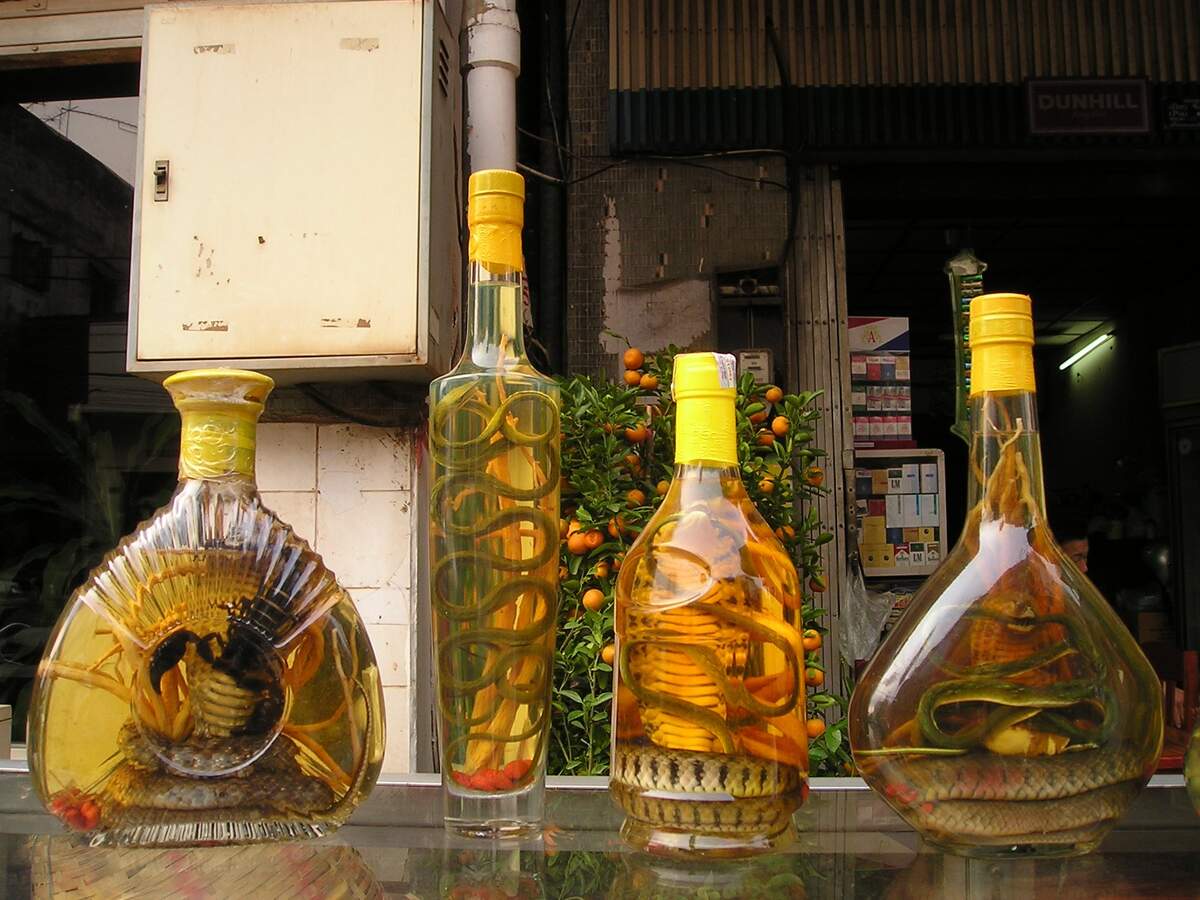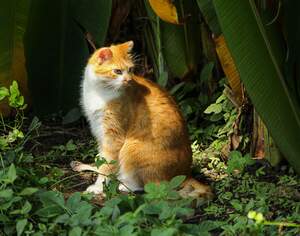

National Liqueur Day
Observed
annually on October 16th
Dates
Tags
Drugs & Alcohol
Food & Drink
Hashtags
Sources
http://blog.thenibble.com/2015/10/16/food-holiday-national-liqueur-day/
https://foodimentary.com/2017/10/16/october-16th-is-national-liqueur-day-2/
https://overcupbooks.com/blogs/overcup-press/to-sip-or-to-mix-celebrate-national-liqueur-day
https://www.britannica.com/topic/liqueur
https://www.drinkstuff.com/blog/national-liqueur-day/
https://www.punchbowl.com/holidays/national-liqueur-day
Today we celebrate and imbibe liqueur, a distilled alcoholic beverage that is sweetened or blended with herbs, spices, flowers, nuts, cream, or fruits. The alcohol content of liqueur generally ranges from between 24 percent and 60 percent (48-120 U.S. proof) and is usually lower than that of liquor (spirits). Usually, the base spirit used to make liqueur is brandy. Liqueurs are not aged for very long, although their base spirit may be. But, there may be a resting stage to allow the flavors to blend together properly. In the United States, liqueurs are sometimes called cordials or schnapps. Technically, in the United States, the name schnapps only applies to brandies distilled from fermented fruits. Usually syrupy and sweet, liqueurs are used to make after-dinner drinks or are mixed with coffee. They may be drunk straight, poured over ice, or mixed. They are also commonly used to flavor desserts.
By 400 BC, fortified spirits were being made by the distillation of wine by the Egyptians and Greeks, who sweetened them with cinnamon and honey. These spirits were similar to today's liqueur and used ingredients that now are used to make mead. During the thirteenth century, European monks and alchemists improved upon the distillation process and created what we now would recognize as a liqueur. At the time it was mainly used for medical purposes. Today there are both generic liqueurs and proprietary liqueurs—those made by individual producers, often with a secret formula, with registered brand names. The following are some of the most common:
Generic:
- Advocaat: cream liqueur.
- Amaretto: almond flavor.
- Apricot.
- Crème d'ananas: flavored with pineapple.
- Crème de cacao: flavored with cocoa and vanilla beans.
- Crème de framboises: made with raspberries.
- Crème de menthe: flavored with mint.
- Crème de noyaux: almond-flavored; made with fruit pits; similar to amaretto.
- Crème de violette: also known as parfait amour; contains oils from both violets and vanilla beans.
- Kümmel: flavored with caraway seed.
- Limoncello (Italy): lemon-flavored.
- Sloe gin: flavored from the fruit of the blackthorn bush.
- Triple sec: orange-flavored; colorless Curaçao.
Proprietary:
- Baileys Irish Cream (Ireland): Irish whiskey and cream.
- Bénédictine (France): first made in 1510; closely-guarded formula.
- Campari (Italy): herbs and fruit.
- Chartreuse (France): formula was developed in 1607; contains green and yellow plant liqueurs; spicy and aromatic flavors.
- Cherry Heering (Denmark): cherry flavored.
- Cointreau (France): proprietary blend of triple sec.
- Crème Yvette (United States): violet flavor and color.
- Curaçao: flavored from the dried peels of the green oranges from the island of Curaçao, located in the Caribbean Sea.
- Danziger Goldwasser: spicy; contains tiny gold specks.
- Drambuie (Britain/Scotland): Scotch whisky base; flavored with heather honey and herbs; made with a French formula that was brought to Scotland in 1745.
- Forbidden Fruit (United States): brandy and grapefruit.
- Grand Marnier (France): orange liqueur with cognac base; created in 1880; one of the most famous liqueurs of all time; Escoffier used it to make Crêpes Suzette; César Ritz was a fan of it and used it at his hotels.
- Irish Mist (Ireland): made with Irish whiskey and honey; spicy.
- Jägermeister (Germany).
- Kahlúa (Mexico): coffee-flavored.
- Liquore Galliano (Italy).
- Midori (Japan): flavored with melon.
- Sambuca (Italy): anise-flavored.
- Strega (Italy).
- Tia Maria (Jamaica): rum as base spirit; coffee-flavored.
- Van der Hum (South Africa): spicy; aromatic.
How to Observe National Liqueur Day
Celebrate the day drinking liqueur. Use it to make an after-dinner drink, enjoy it straight, or pour it over ice. There are a countless amount of liqueurs and recipes that go with them that you could try. You could also use liqueurs to make a dessert. You could even use the day to learn how to make your own liqueurs. If you don't drink, you could still make or bake a dessert with liqueur for someone else, or try your hand at making homemade liqueur for a friend to try.





















